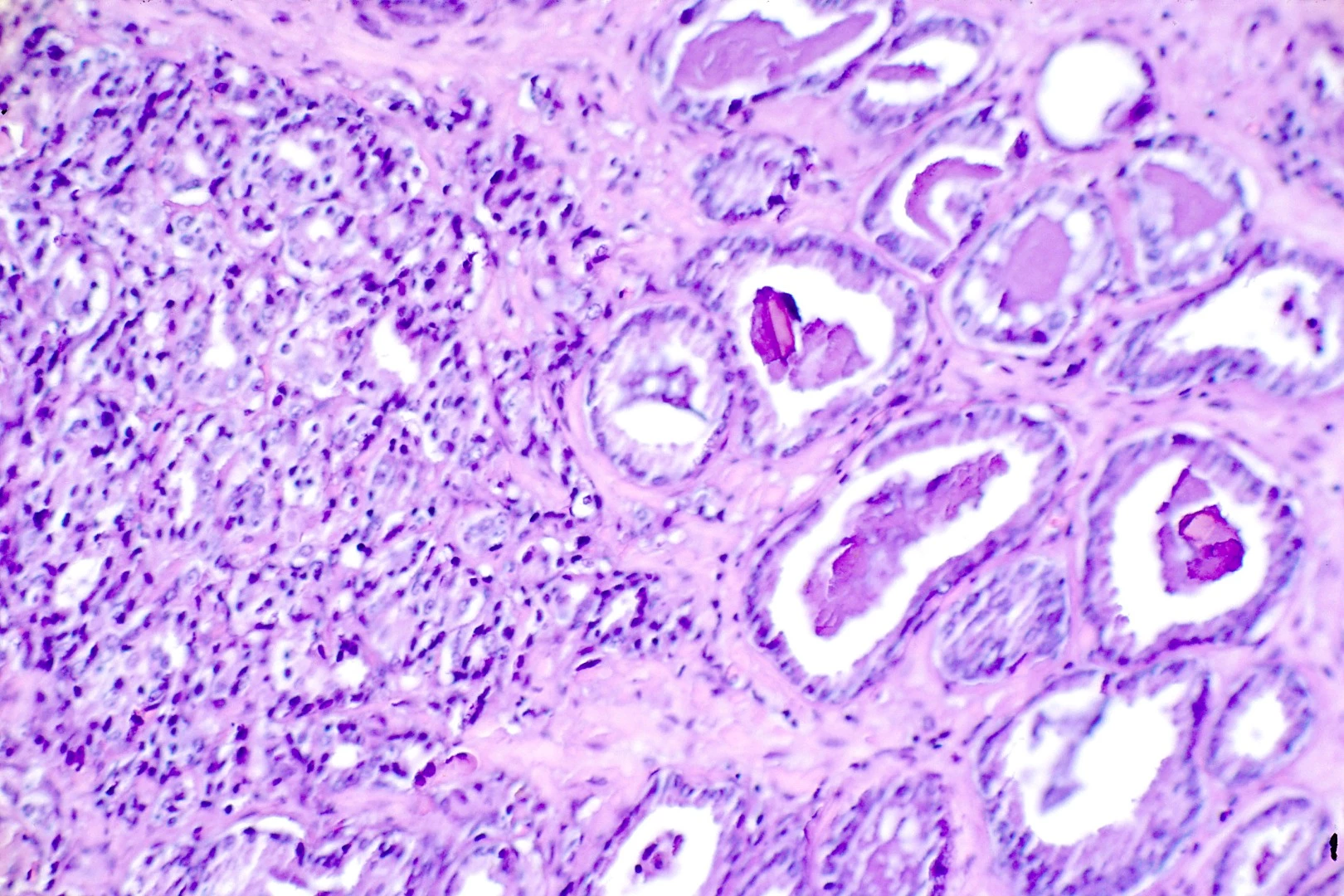Traditional approaches to tacklingprostate cancer are generally quite effective, with a 80 to 90percent cure rate, but a new method, known as Stereotactic BodyRadiation Therapy (SBRT) could revolutionize the practice. Theresults of an extensive five-year study have now been published,showing that the method, which requires far fewer hospital visitsthan conventional radiation therapy, has a cure rate of 98.6 percent.
Currently, if you're diagnosed with theearly stages of prostate cancer, there are three treatment pathsavailable. Doctors can either decide to surgically remove the gland,implant tiny radioactive seeds into the prostate using needles in theoperating room, or use external beam radiation, which involvesbetween 42 and 45 treatments, taking place five days a week andspaced out over a period of two months or more.
Those methods are pretty effective,curing the patient 80-90 percent of the time. However, the SBRTtreatment has the potential to make the therapy process far lessdisruptive, while also significantly increasing the patient's odds ofbeating the disease.
The lead site for the trial was theUniversity of Texas Southwestern (UT Southwestern) medical center, with 91 patients diagnosed with stage one (low risk) and stage two(intermediate risk) prostate cancer taking part.
The biggest benefit of the treatment isthe reduction in the number of hospital visits that the patient hasto make, lowering the 44-treatment average of conventional radiationtherapy to just five visits. It works by delivering multiple beams atvarious angles, which converge on the prostate and deliver ahigh dose of radiation.
The method allows for large amount ofradiation to be delivered to the tumor while limiting effects on thesurrounding tissue. It certainly seems to be effective, with only onepatient experienced a recurrence of the cancer in the five yearsfollowing treatment.
While the treatment was found to bemore effective than other courses of action, the side effectsappeared to be the same. Patients reported urinary issues (such asincreased urgency and frequency), rectal irritation, and in around 25percent of cases, a decrease in erectile function. Looking forward, the researchers plan to investigate means of reducing these side effects, while also looking into using the technique to tackle stage three prostate cancer.
Perhaps the most compelling aspects ofthe treatment option, should it become widely available,is the lessened impact that the therapy would have on patients' lives.
"I live 45 minutes away from UTSouthwestern," said trial patient Terry Martin. "The difference between being treated five times versus44 times is enormous. I feltthat I was back to normal just 10 days after finishing treatment."
Full details of the extensive study arepublished online in the European Journal of Cancer.
Source: UT Southwestern




